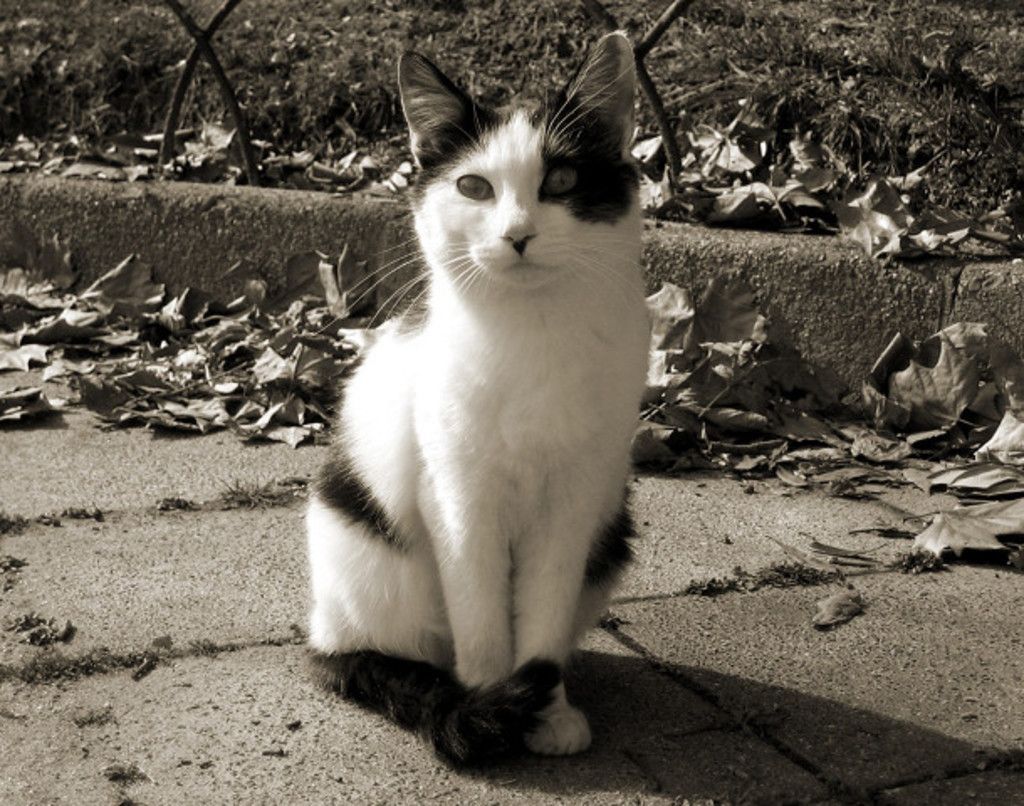Navigating Divisional Applications in India's Patent Landscape
Current Landscape
Unclear Situation Regarding Submission of a Division-Specific Patent Application in India
India's patent office (IPO) considers divisional applications as a valuable tool for applicants to file separate patent applications containing multiple inventions within the original application. However, timing is critical as divisional applications should be filed prior to any decision on the parent application.
Court Decisions
Recent rulings by the Delhi High Court have set the pace for managing divisional applications. One decision, Zeria Pharma vs The Controller Of Patents, highlights the importance of adhering to specific procedures, while another, AbbVie, emphasizes maintaining the original scope of the invention claims, affecting how amendments are handled in divisional applications.
Comparison with EPO and USPTO
European Patent Office (EPO)
- Divisional Applications: EPO allows divisional applications to be filed while the parent application is still pending. The office provides more flexibility in making broad amendments to the claims of a patent application, as long as they are supported by the original disclosure.
United States Patent and Trademark Office (USPTO)
- Divisional Applications: The USPTO allows divisional applications to be filed before the parent application is granted or abandoned. Unlike India, it doesn't have a specific time limit for filing divisional applications based on the status of the parent application.
- Continuation Applications: The USPTO offers continuation applications, similar to divisional applications but used to further prosecute claims not presented or allowed in the parent application.
Key Differences
- Timing and Scope: The Indian patent system demands that divisional applications be filed before the parent patent is granted or rejected, preserving the original scope of the inventions. In contrast, the EPO offers more flexibility in timing and amendments, while the USPTO offers a comprehensive range of continuation applications.
- Amendments: Indian patent law imposes strict regulations on claim amendments, with a focus on maintaining the original scope of the invention. Meanwhile, both the EPO and USPTO allow for broader amendments as long as they are supported by the original disclosure.
In essence, while all three patent offices accommodate divisional applications, their handling and flexibility show noteworthy differences, particularly in the Indian system with its emphasis on original scope and tight regulations. Discerning applicants should take note of these distinctions to effectively prosecute their patent applications within each respective jurisdiction.
References
- http://ipindia.nic.in/writereaddata/Portal/Images/pdf/Manual_for_Patent_Office_Practice_and_Procedure_.pdf
- https://indiankanoon.org/doc/164938320/
- https://www.mondaq.com/india/introduction/1025480/divisional-applications-in-india-a-look-at-some-key-issues
- https://www.iplytic.com/2021-04-indian-patent-office-divisional-application-guidelines-technology-sectors/
- https://www.manupatimento.com.br/legislacao/Lei/ley-India-Patents.htm
- https://www.gckhaki.com/insights/articles/divisional-applications-in-india-an-overview/
- In navigating divisional applications, it's crucial for businesses to understand the contrasting approaches of different patent offices, particularly in light of India's stringent regulations on claim amendments and timing for filing divisional applications, which differ from the flexibility offered by the European Patent Office (EPO) and the United States Patent and Trademark Office (USPTO).
- Upon examining the handling of divisional applications, firms must recognize that India demands the preservation of the original scope of inventions and imposes tight regulations on claim amendments, while the EPO offers more flexibility in timing and amendments, and the USPTO provides a comprehensive range of continuation applications.
- Given the unique characteristics of India's patent landscape, finance departments should allocate resources wisely to ensure they adhere to specific procedures in divisional applications, as emphasized by recent rulings by the Delhi High Court in decisions such as Zeria Pharma vs The Controller Of Patents and AbbVie.






